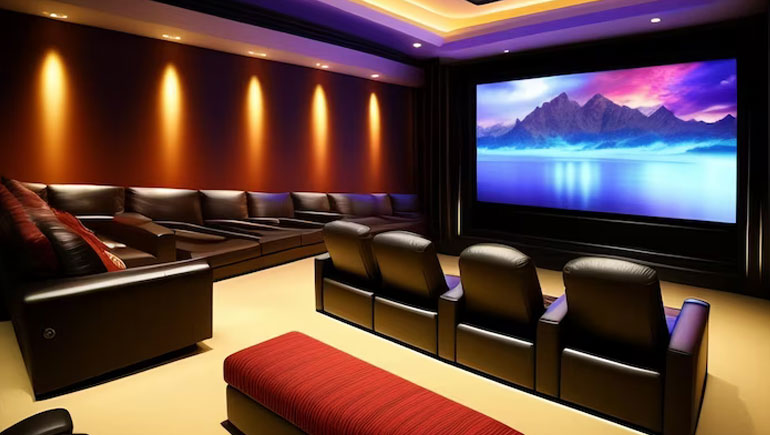Projection Screen Types
The very first step in choosing a right screen for your needs is to select the type of screen you wish to use. You would want to take into consideration everything, from mounting style to retraction method and permanency of the screen.
You can choose from electric projection screens, which descend and retract with push of a button. Manual pull-down projection screens extend and retract by a simple pull of the screens handle, much like a standard window shade. Fixed Frame projection screens are commonly used for solutions requiring a permanent wall-mounted solution, such as a dedicated home theatre or auditorium.

